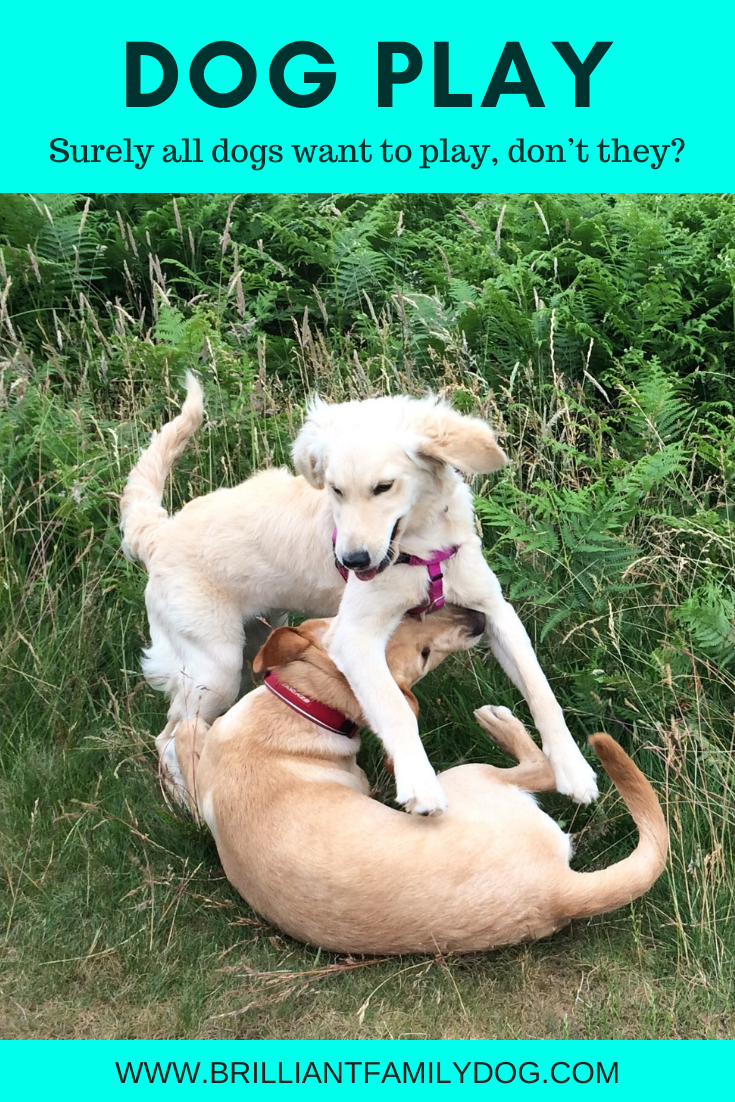It seems to be the thing, that if you have a dog, you think all dogs are the same as your dog. Natural enough . . .
But sadly, not true!
There are all sorts of dogs - bold dogs, funny dogs, friendly dogs, fearful dogs, anxious dogs, rowdy dogs, sniffy dogs, old dogs . . . and every one of them deserves to have their feelings noticed and respected.
If you have a Growly Dog - a fearful, shy, reactive, “aggressive”, dog - then you’ll already know that they need a LOT of space!
The fewer dogs or people they see on a regular basis, the happier they are.
But many folk don’t appreciate these dogs’ need for distance. Their cry of “I want to be alone,” (to quote Greta Garbo) is often not heeded.
So if you are the joyful owner of an easygoing, happy-go-lucky, into-everything dog,
Hooray! Enjoy your dog and your freedom.
Please spare a thought for others whose dogs are not so ebullient or resilient.
Ask the other owner before unleashing your fun-loving dog to “play” with their dog.
If play is welcomed, then be sure to interrupt frequently to give both parties a chance to regroup and recover.
Ensure play is “equal”: I chase you, you chase me, we run together.
Different dogs like different types of play
There are dogs who love to race and chase - think Collies and herding dogs. There are dogs who love to run at speed - think sighthounds. There are dogs who want nothing more than to roly-poly about on the ground - think Spaniels. And there are dogs who love to crash and bash - think Labradors and Staffies.
Wherever possible, match your dog with another dog with a similar play-style.
A Collie or a Whippet would be mortally offended if a Lab crashed into them!
A speeding sighthound can cause frustration in a would-be chaser, who will take shortcuts and attempt to bring the running dog down by grabbing it, and many sighthounds have very thin skin . . .
And that Labrador would not be amused by being invited to chase round in circles when he just wants to bodyslam.
You can improve your walks immensely - for yourself and your dog as well as all the other dogs you come across on your outings - by observing these guidelines.
And comment below to tell us what sort of play your dog favours!







